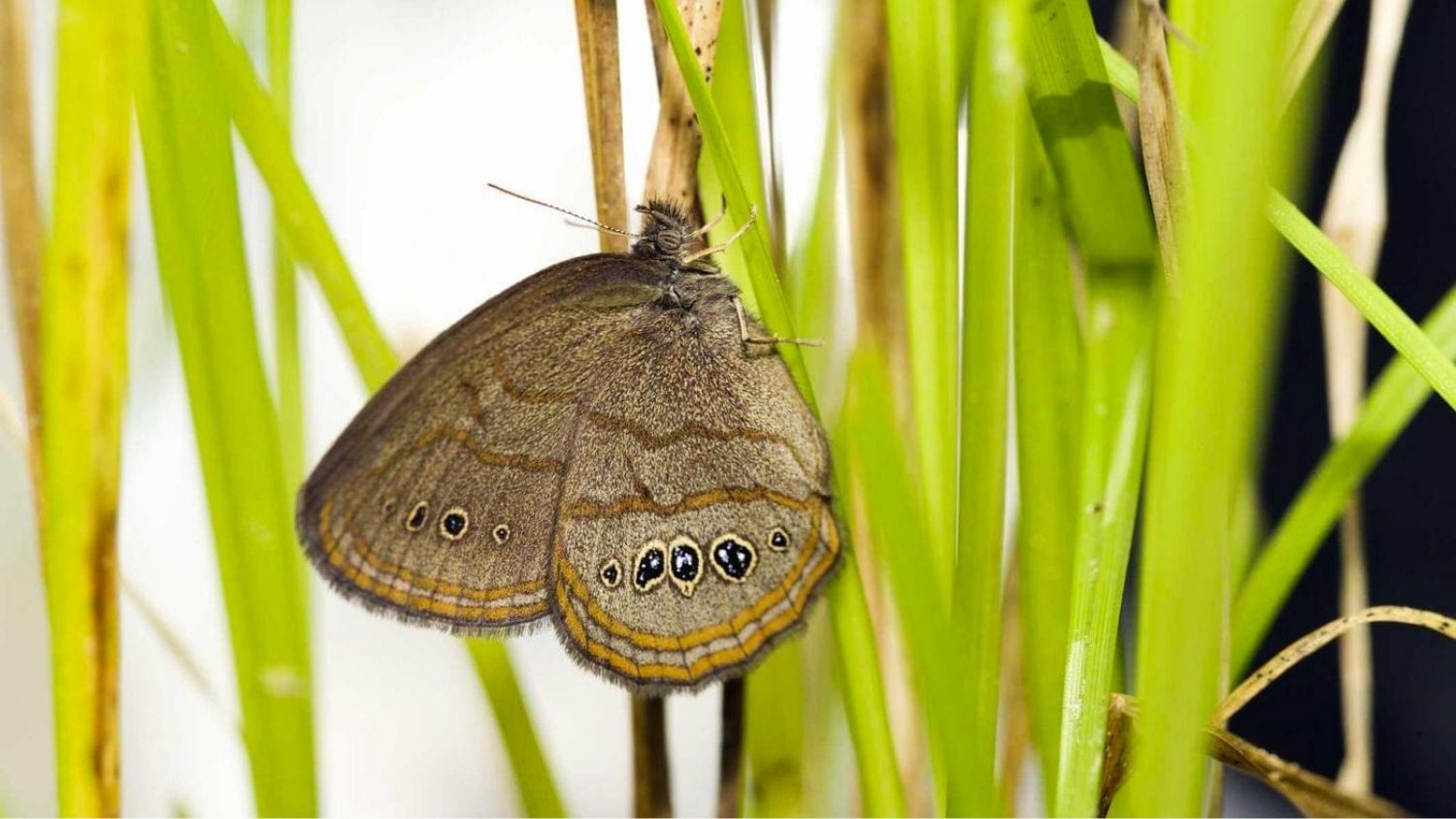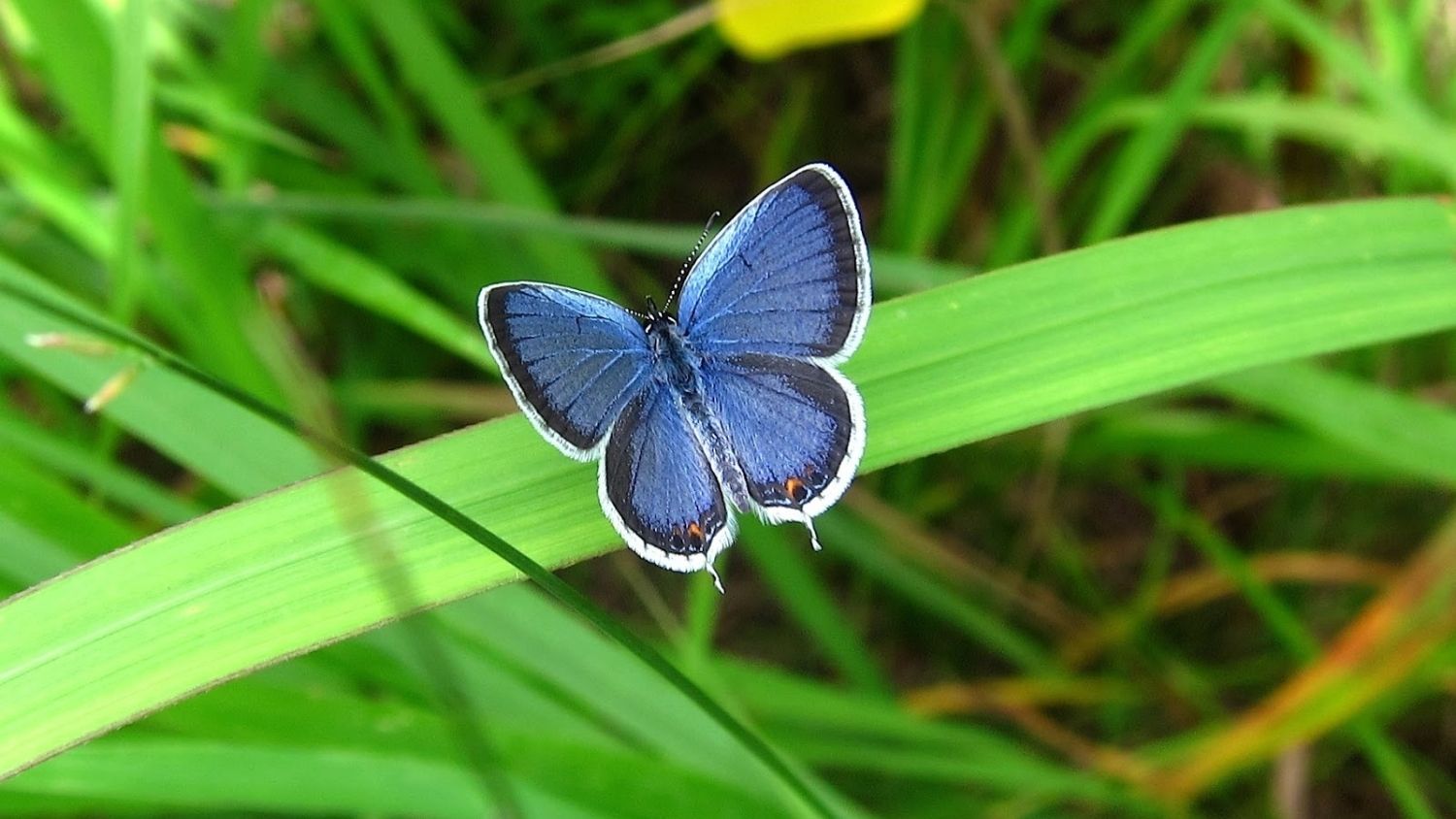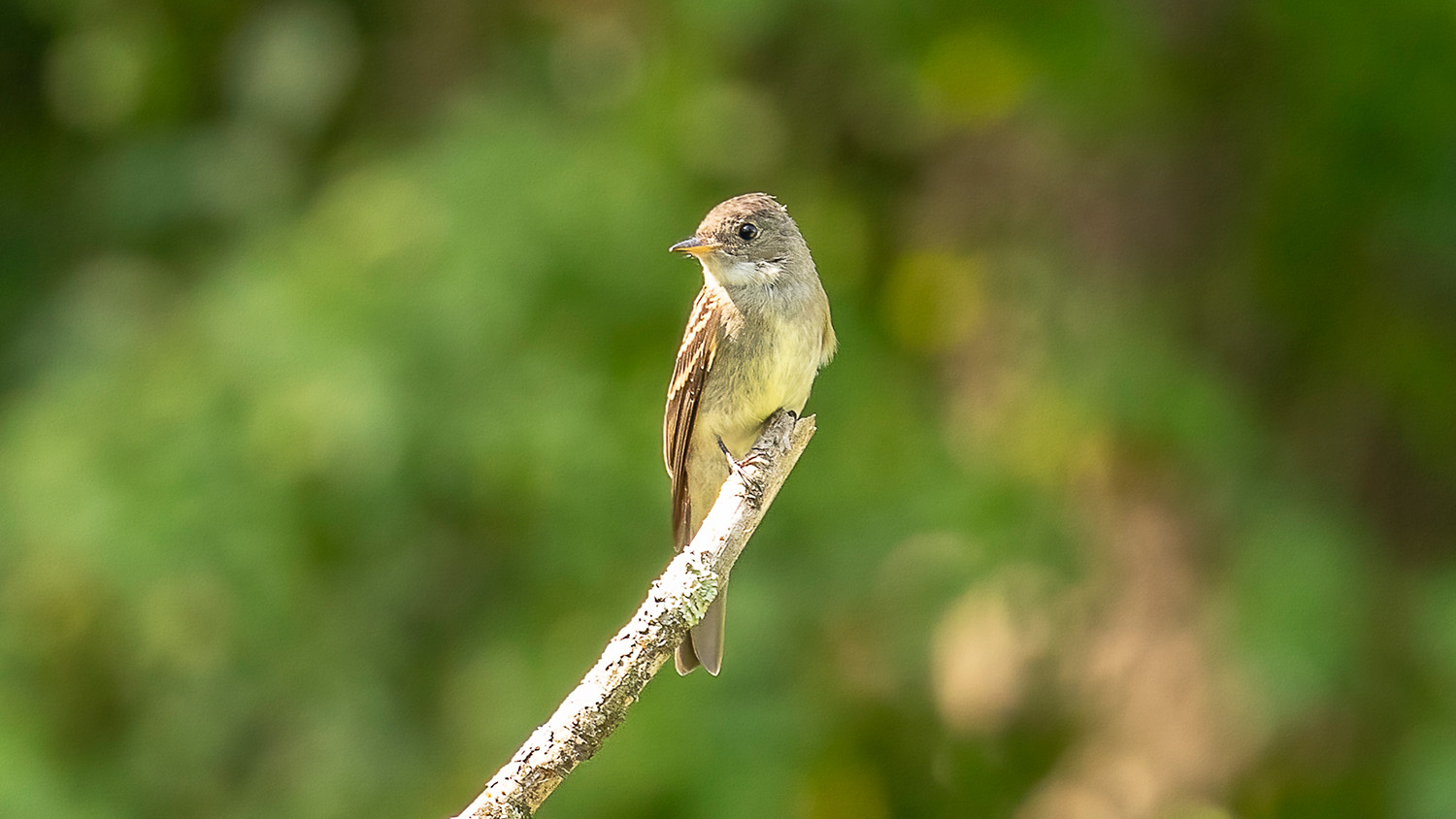Quiz: Which North Carolina Butterfly Are You?
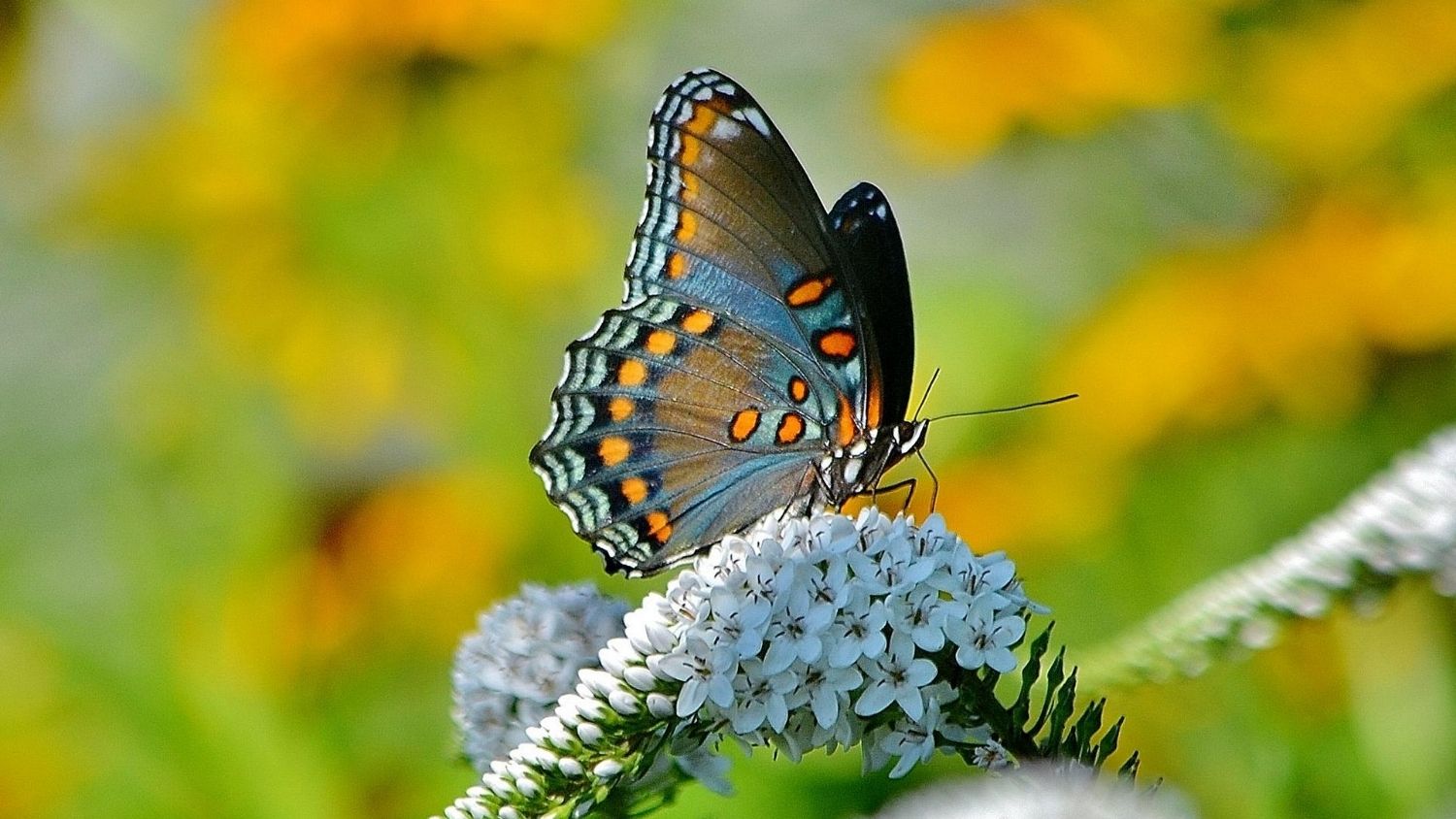
North Carolina’s diverse natural landscape is home to more than 175 butterfly species, from the Eastern Tiger Swallowtail (Papilio glaucus) to the Monarch (Danaus plexippus).
Butterflies provide food for birds and other organisms, pollinate flowers, and are easy to attract to a garden or backyard landscape.
Take the quiz below to find out which butterfly you are.
I’d most likely spend a day outside…
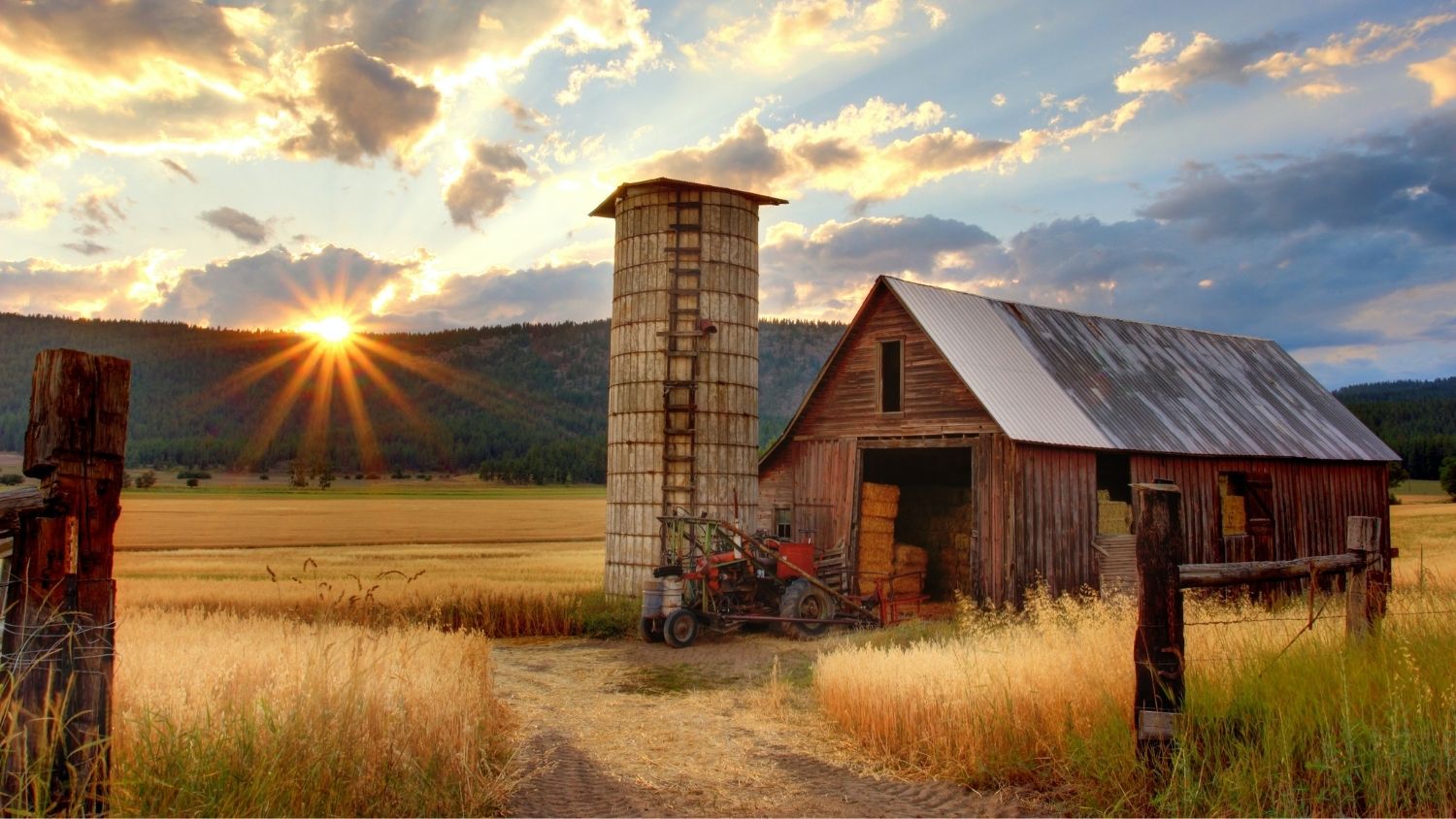 Photo Credit: Timothy Eberly
Photo Credit: Timothy Eberly
Pick a topping:
 Photo Credit: Jason Tuinstra
Photo Credit: Jason Tuinstra
If I could grow anything I would grow...
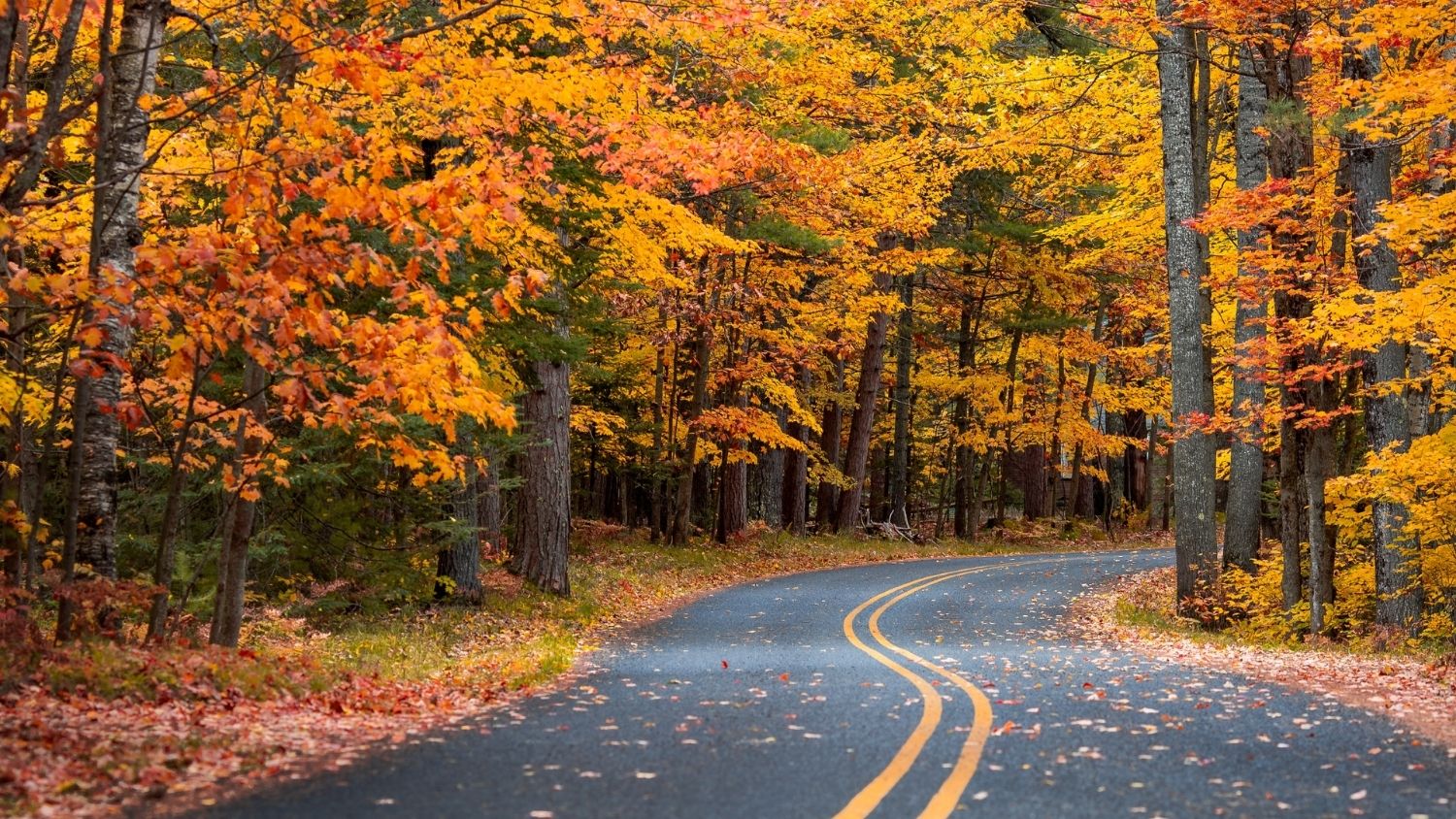 Photo Credit: Dave Hoefler
Photo Credit: Dave Hoefler
Which colors do you like best?
 Photo Credit: Rhondak Native
Photo Credit: Rhondak Native
If I could turn into another species on command it would be the...
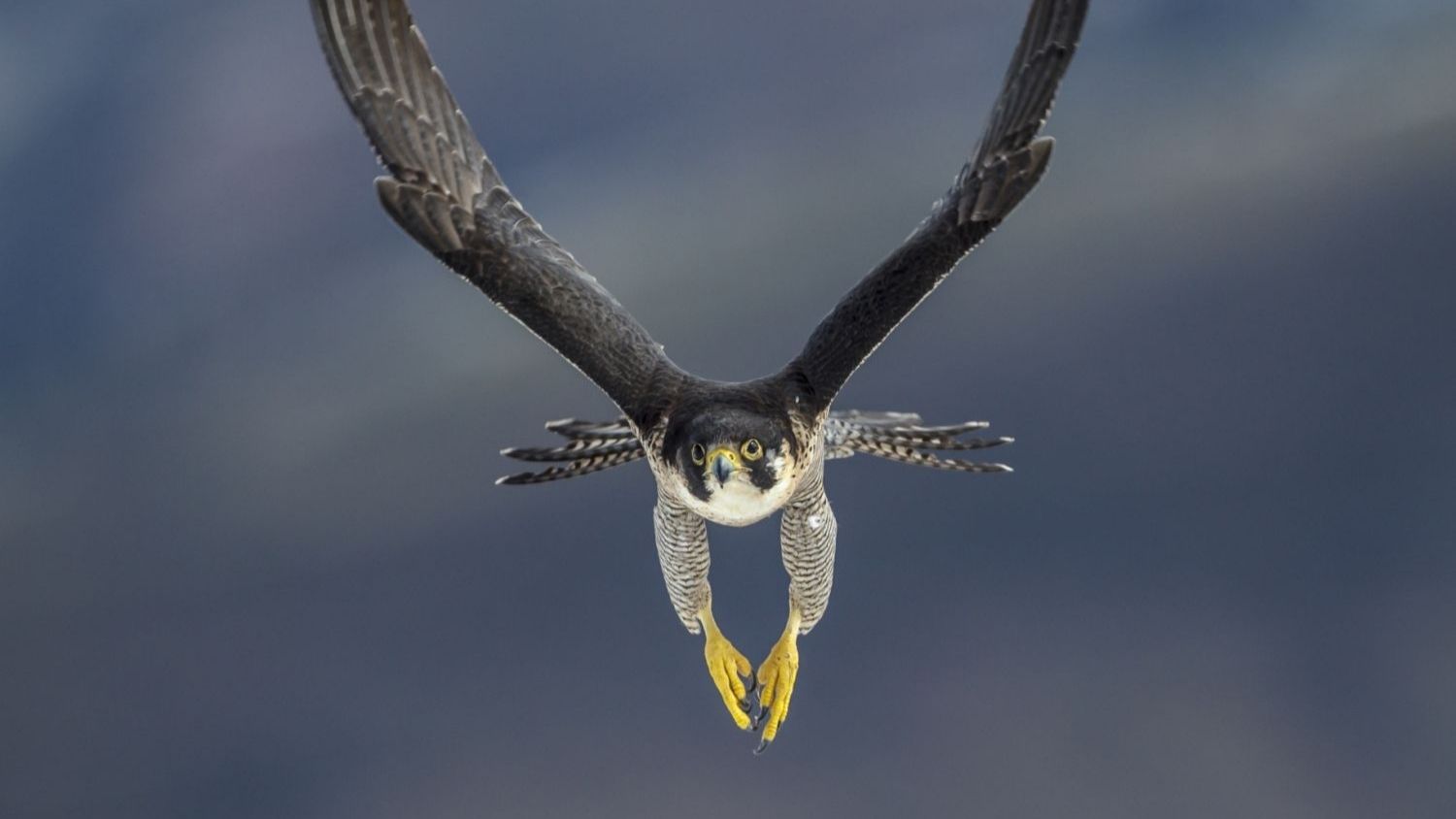 Photo Credit: Javier Fernández Sánchez
Photo Credit: Javier Fernández Sánchez
Which North Carolina butterfly are you?
Eastern Tiger Swallowtail
The Eastern Tiger Swallowtail can be found from the Mississippi River to the Great Plains, and is the North Carolina state butterfly. These butterflies take nectar from a variety of native and exotic plants. While mostly solitary, males can be found “puddling” in moist soil where they drink water with beneficial sodium ions and amino acids. Young caterpillars also exhibit impressive mimicry as a form of self-protection.
Orange Sulphur
The Orange Sulphur butterfly is common in the North Carolina Piedmont and mountains, and is also one of the most widespread butterfly species in North America. Adults feed on nectar from many flowers, including goldenrod, milkweed and dandelion. They inhabit fields and prairies, especially alfalfa and clover fields, for which they’ve earned the nickname the Alfalfa Butterfly. Unfortunately, they are considered an agricultural pest for the damage they cause to these fields.
Red-Spotted Purple

The Red-Spotted Purple butterfly is most common in wooded, suburban areas. This butterfly uses mimicry throughout its life cycle to avoid predation. Caterpillars resemble bird droppings and adults mimic the poisonous Pipe Vine Swallowtail’s appearance. While they occasionally take nectar from flowers, the Red-Spotted Purple prefers to feed on tree sap, mud and fermenting fruit.
Saint Francis Satyr
The Saint Francis Satyr is a rare butterfly species found only at Ft. Bragg military base in the sand hills of North Carolina. Their primary habitat is open, wet meadows, maintained by natural fires and beaver activity. Beaver population decline, damming and over-collection have all contributed to the endangered status of this species. In association with the U.S. Fish and Wildlife Service, Ft. Bragg has developed a research and monitoring program to aid in recovery.
Eastern Tailed-Blue
The Eastern Tailed-Blue butterfly can be found in most of Eastern North America, as well as in the Great Plains of the United States. Habitats include fields, agricultural edges and waste lots. Adults are known to feed on nectar from 30 species of wildflowers, including the Low-Bush Blueberry, asters and clovers. The species has three flights, all occurring between mid-May and late September.


